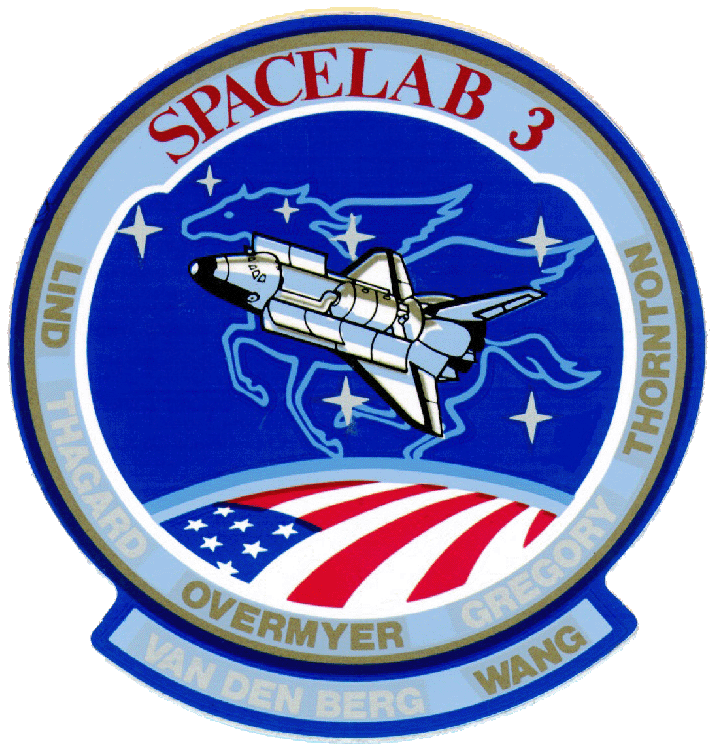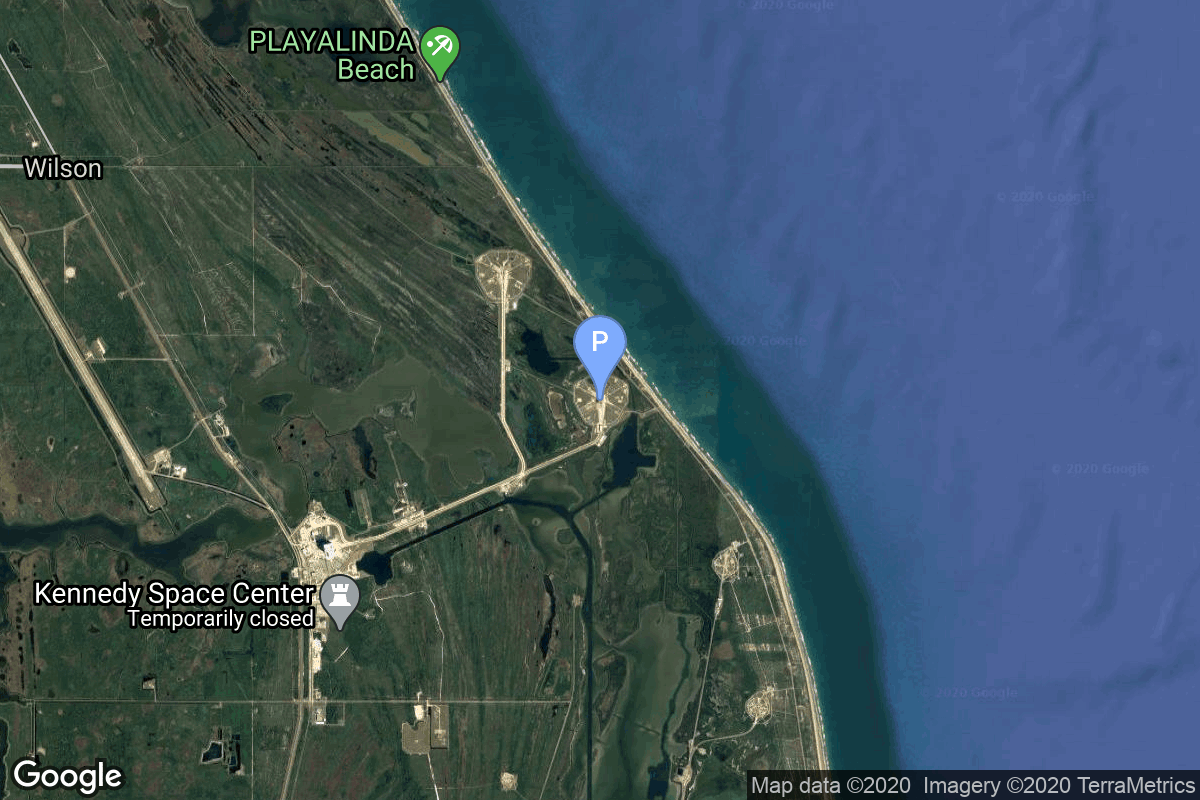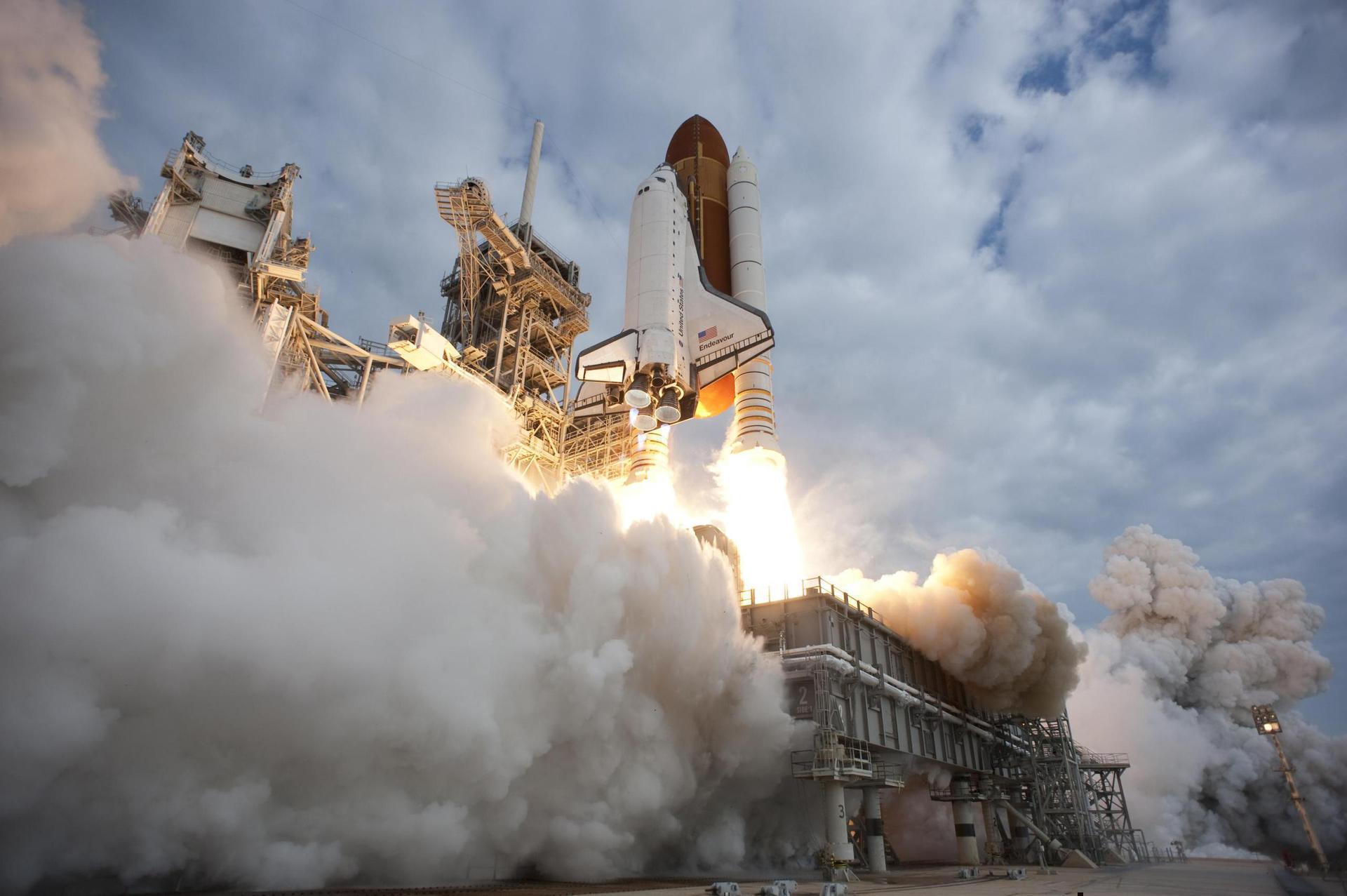STS-51-B
Space Shuttle Challenger / OV-099
Lockheed Space Operations Company
Crew
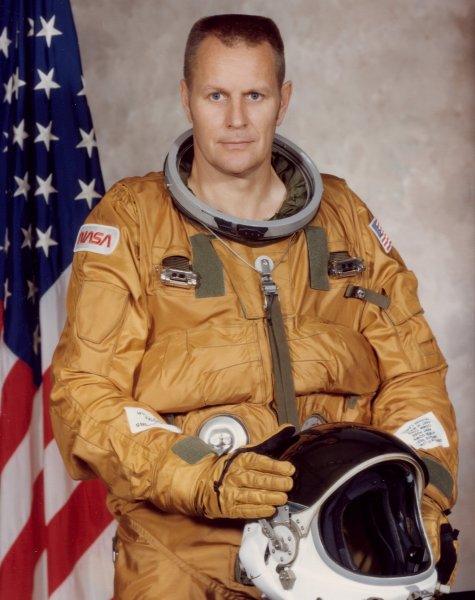
Robert F. Overmyer
- Birthday: 07/14/1936
- Role: Commander
- Nationality: American
- First Flight: 11/11/1982
- Last Flight: 04/29/1985
Robert Franklyn “Bob” Overmyer was an American test pilot, naval aviator, aeronautical engineer, physicist, United States Marine Corps officer, and USAF/NASA astronaut. He was born in Lorain, Ohio, but considered Westlake, Ohio his hometown. Overmyer was selected by the United States Air Force as an astronaut for its Manned Orbiting Laboratory in 1966. Upon cancellation of this program in 1969, he became a NASA astronaut and served support crew duties for the Skylab program and Apollo-Soyuz Test Project. In 1976, he was assigned to the Space Shuttle program, and flew as pilot on STS-5 in 1982, and as commander on STS-51-B in 1985. He was selected as a lead investigator into the Space Shuttle Challenger disaster, and retired from NASA in 1986. Ten years later, Overmyer died in Duluth, Minnesota while testing the Cirrus VK-30 composite homebuilt aircraft.
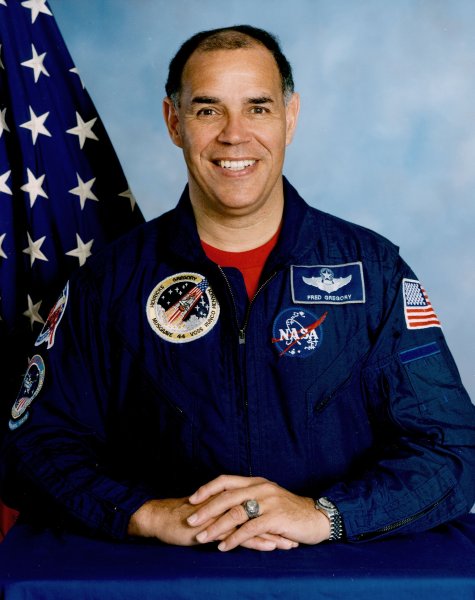
Frederick D. Gregory
- Birthday: 01/07/1941
- Role: Pilot
- Nationality: American
- First Flight: 04/29/1985
- Last Flight: 11/24/1991
Frederick Drew Gregory is a former United States Air Force pilot, military engineer, test pilot, and NASA astronaut as well as former NASA Deputy Administrator. He also served briefly as NASA Acting Administrator in early 2005, covering the period between the departure of Sean O’Keefe and the swearing in of Michael Griffin.
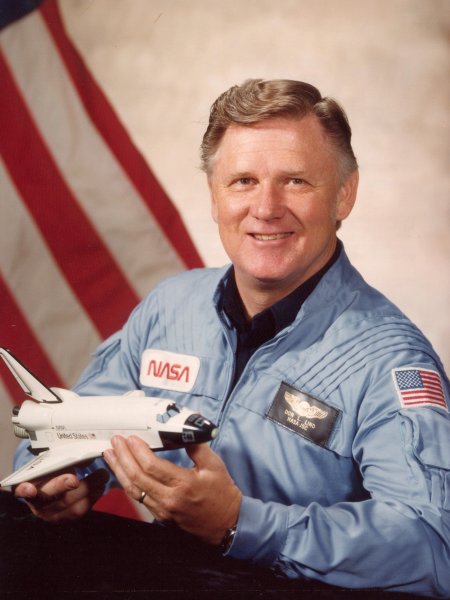
Don L. Lind
- Birthday: 05/18/1930
- Role: Mission Specialist
- Nationality: American
- First Flight: 04/29/1985
- Last Flight: 04/29/1985
Don Leslie Lind, Ph.D. is an American scientist and a former naval officer and aviator, and NASA astronaut. He graduated from the University of Utah with an undergraduate degree in physics in 1953. Following his military service obligation, he earned a Ph.D. in high-energy nuclear physics from the University of California, Berkeley in 1964.
Lind was a naval aviator and attained the rank of Commander in the United States Naval Reserve. He had active duty in San Diego and aboard the carrier USS Hancock.
After completing his doctorate, Lind worked at NASA’s Goddard Research Center from 1964 to 1966. During this period, he applied for the third group of astronauts but did not have enough flight hours. He applied for the fourth group, but was denied for being too old. The age restriction was raised for the fifth group, and he was selected with the Original Nineteen in 1966. Lind helped to develop the Apollo 11 EVA activities, and served as CAPCOM for the Apollo 11 and Apollo 12 missions. He was then assigned as backup Pilot for Skylab 3 and Skylab 4 and nearly flew on the proposed Skylab Rescue mission.
Lind was the Payload Commander on his only flight, STS-51-B, launched April 29, 1985. He designed an experiment to capture the Earth’s aurora. The payload experiments consisted primarily of microgravity research and atmospheric measurement. The Orbiter Challenger completed 110 orbits before landing at Edwards Air Force Base, California.
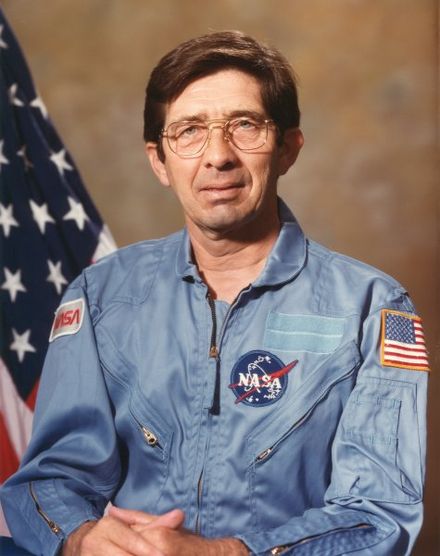
Lodewijk van den Berg
- Birthday: 03/24/1932
- Role: Payload Specialist
- Nationality: Dutch-American
- First Flight: 04/29/1985
- Last Flight: 04/29/1985
Lodewijk van den Berg born March 24, 1932) was a Dutch American chemical engineer, specializing in crystal growth, who flew on a 1985 Space Shuttle Challenger mission as a Payload Specialist.

Taylor Gun-Jin Wang
- Birthday: 06/16/1940
- Role: Payload Specialist
- Nationality: American
- First Flight: 04/29/1985
- Last Flight: 04/29/1985
Taylor Gun-Jin Wang is a Chinese-born American scientist and in 1985, became the first person of Chinese origin to go into space. While an employee of the Jet Propulsion Laboratory, Wang was a payload specialist on the Space Shuttle Challenger mission STS-51-B.
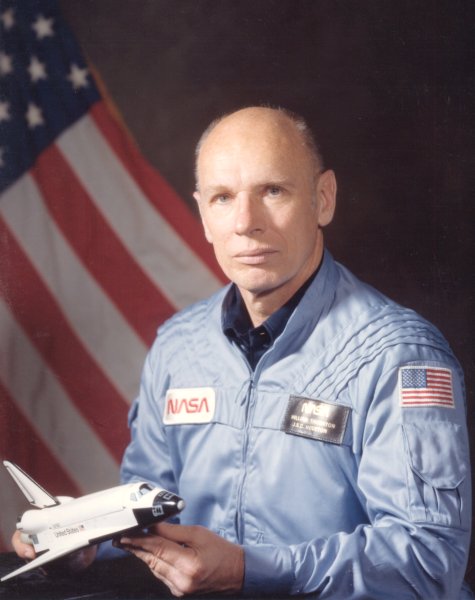
William E. Thornton
- Birthday: 04/14/1929
- Role: Mission Specialist
- Nationality: American
- First Flight: 08/30/1983
- Last Flight: 04/29/1985
William Edgar Thornton is a former NASA astronaut.
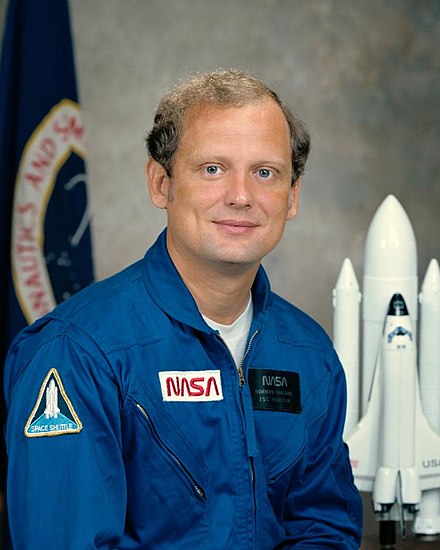
Norman E. Thagard
- Birthday: 07/03/1943
- Role: Mission Specialist
- Nationality: American
- First Flight: 06/18/1983
- Last Flight: 03/14/1995
Norman Earl Thagard (born July 3, 1943), (Capt, USMC, Ret.), is an American scientist and former U.S. Marine Corps officer and naval aviator and NASA astronaut. He is the first American to ride to space on board a Russian vehicle, and can be considered the first American cosmonaut. He did on this on March 14, 1995, in the Soyuz TM-21 spacecraft for the Russian Mir-18 mission.
Mission
STS-51-B
- Orbit: Low Earth Orbit
- Launch Cost: $450,000,000
STS-51-B was the seventeenth flight of the shuttle program and the seventh for Space Shuttle Challenger. It was the second flight for SpaceLab.
Location
Launch Complex 39A
Kennedy Space Center, FL, USA
Launch Complex 39A has witnessed the launch of 174 rockets, including 173 orbital launch attempts, while Kennedy Space Center, FL, USA, has been the site for 232 rocket launches.
Rocket
National Aeronautics and Space Administration Space Shuttle
The Space Shuttle is a retired, partially reusable low Earth orbital spacecraft system operated from 1981 to 2011 by the U.S. National Aeronautics and Space Administration (NASA) as part of the Space Shuttle program. Its official program name was Space Transportation System (STS). Five complete Space Shuttle orbiter vehicles were built and flown on a total of 135 missions from 1981 to 2011.
